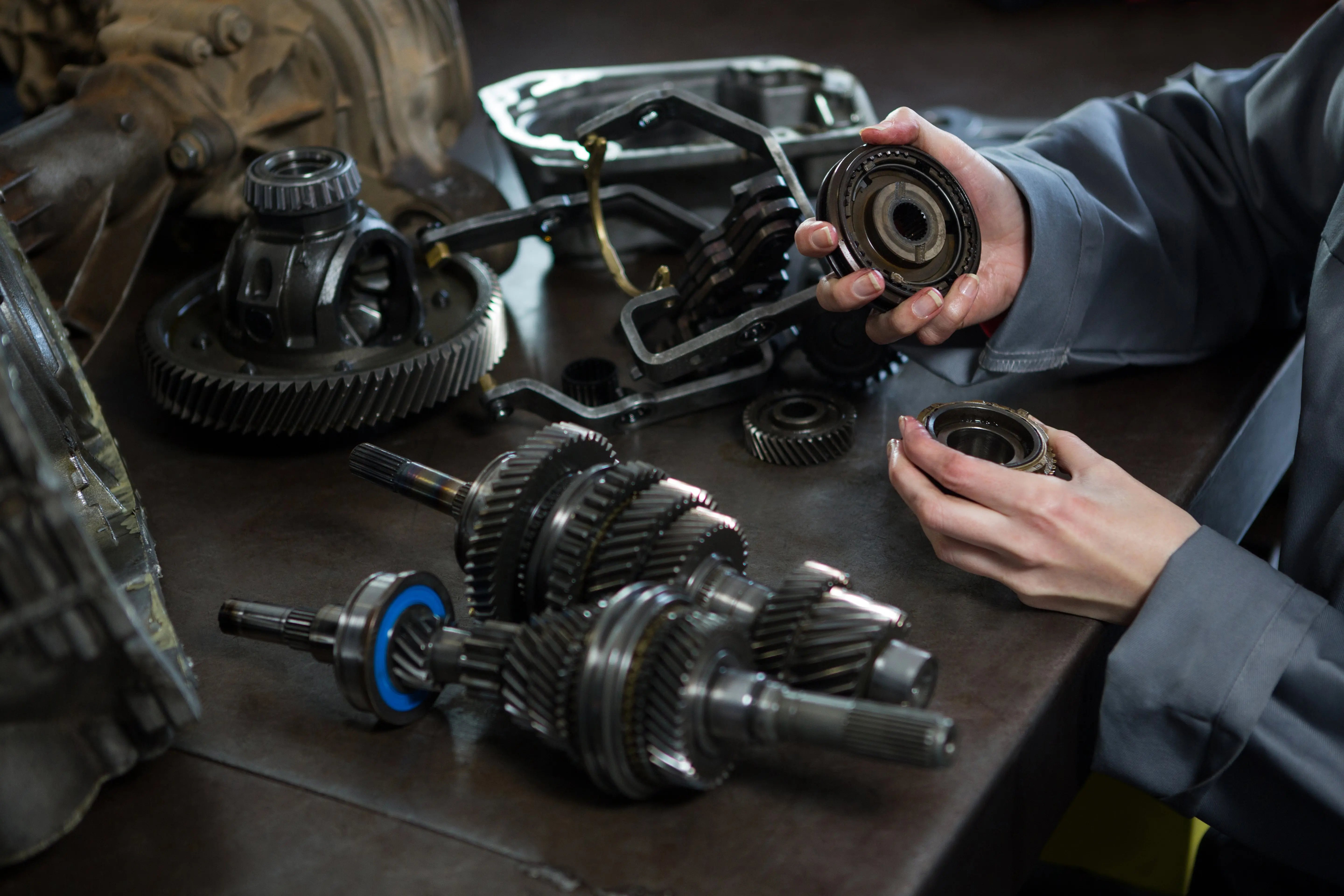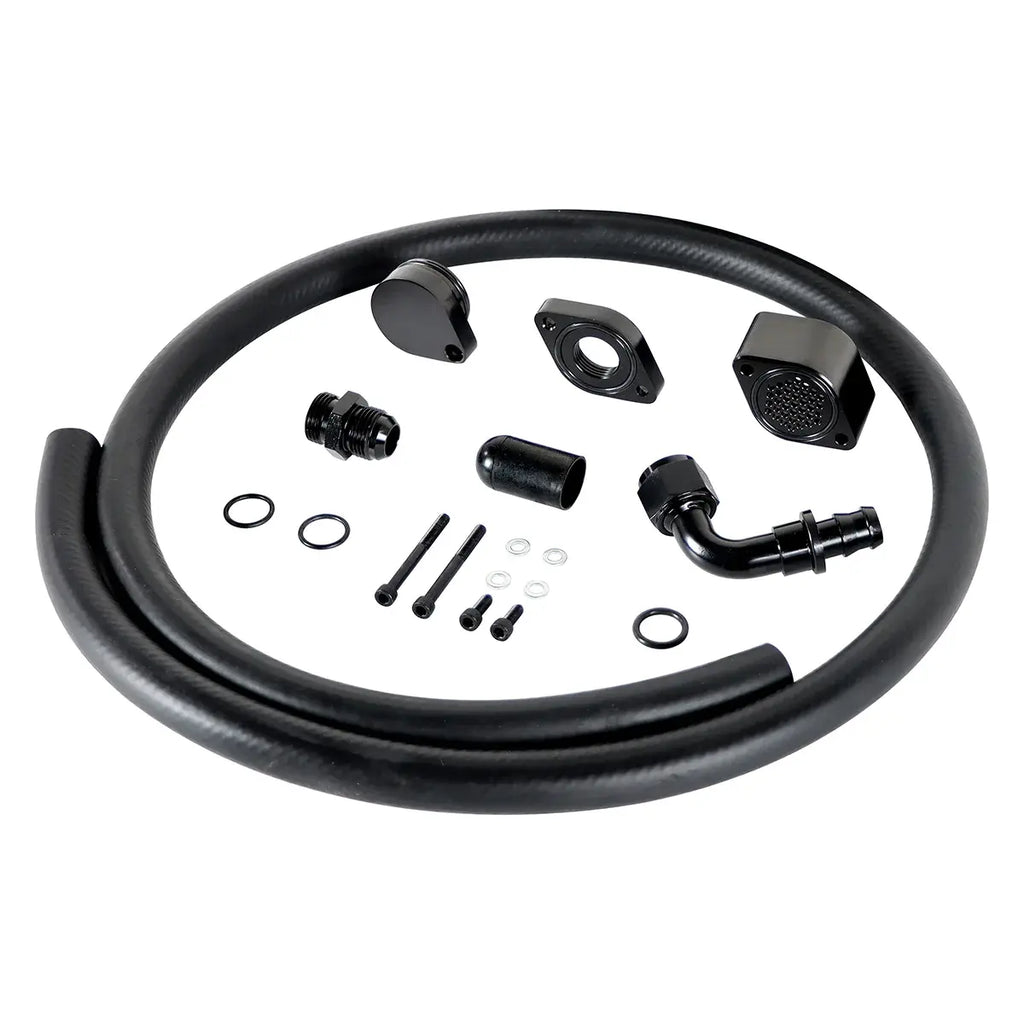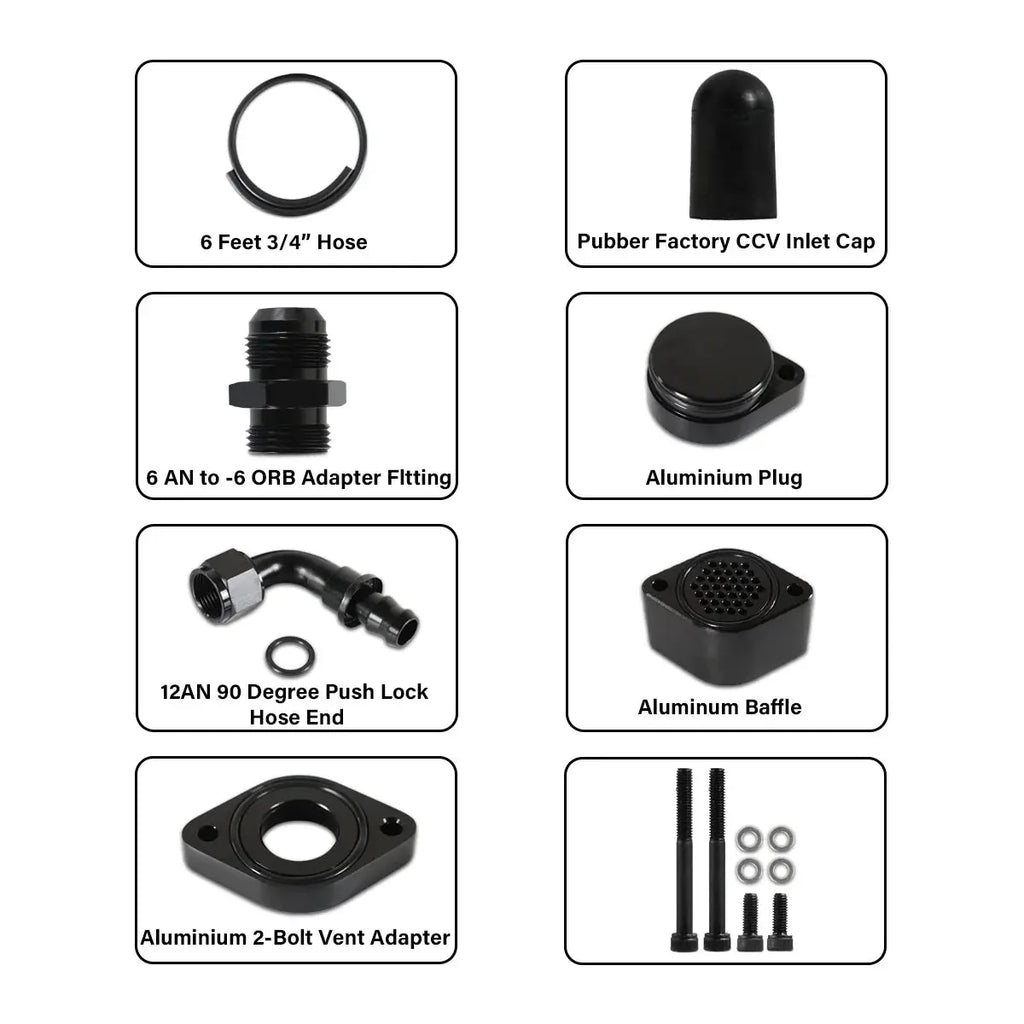What Does an EGR ...
Aug 09, 2025

If you own a Ford 6.7L Powerstroke, you know how important it is to keep your engine running smoothly. One common issue with these engines is the Crankcase Ventilation (CCV) system, which can lead to oil buildup, reduced performance, and even turbocharger issues over time. Fortunately, a CCV Reroute Kit (also known as a PCV Delete Kit or Emission Control Kit) can help solve these problems while improving engine efficiency.
In this guide, we’ll cover everything you need to know about CCV reroute kits, how they work, and why they’re a smart upgrade for your 2011-2023 Ford Powerstroke.
The CCV (Crankcase Ventilation) system in your 6.7 Powerstroke is designed to redirect harmful blow-by gases away from the engine. However, the factory setup recirculates these gases back into the intake, which can lead to:
- Oil buildup in the intercooler and turbo
- Reduced engine efficiency
- Increased carbon deposits
- Potential long-term engine wear
A CCV Reroute Kit (or PCV Delete Kit) eliminates this problem by venting crankcase gases outside the engine bay instead of recirculating them. This helps:
- Reduce oil contamination in the intake system
- Improve throttle response and engine performance
- Extend the life of your turbocharger
- Minimize carbon buildup in critical engine components
By preventing oil vapors from re-entering the intake, your 6.7 Powerstroke runs cleaner and more efficiently. This means improved airflow, better combustion, and smoother power delivery.
Oil buildup in the intake can coat the turbo’s compressor wheel, reducing its efficiency and lifespan. A CCV reroute kit helps keep your turbo running at peak performance.
Less oil in the intake means fewer clogs, less frequent cleaning, and lower long-term maintenance costs.
While a CCV delete reroutes gases away from the intake, some kits (like our DynoVox CCV Reroute Kit) include filters to minimize environmental impact.
Installing a CCV reroute kit is a straightforward process that most DIY enthusiasts can handle. Here’s a quick overview:

- Basic hand tools (wrenches, sockets)
- Screwdriver
- Hose clamps (if not included)
1. Locate the factory CCV system near the driver’s side valve cover.
2. Remove the stock CCV hose connected to the intake.
3. Install the reroute kit’s new hose, directing it away from the engine bay (often downward or to a catch can).
4. Secure all connections with provided clamps.
5. Test for leaks and ensure proper routing.
For a detailed installation guide, check out our DynoVox CCV Reroute Kit, which includes all necessary components for a hassle-free upgrade.
Not all CCV reroute kits are created equal. Here’s what to look for:
- Durable materials (high-temperature hoses, billet fittings)
- Complete kit (no extra parts needed)
- Easy installation (plug-and-play design)
- Emissions-compliant options (if required in your area)
Our DynoVox CCV Reroute Kit is designed specifically for the 2011-2023 Ford 6.7L Powerstroke, offering a direct-fit solution with high-quality components.
If you want to improve engine longevity, boost performance, and reduce maintenance, a CCV reroute kit is a smart investment for your Ford 6.7 Powerstroke. It’s a simple yet effective modification that pays off in the long run.
🚀 Ready to upgrade? Check out our DynoVox CCV Reroute Kit today and give your Powerstroke the clean, efficient ventilation it deserves!